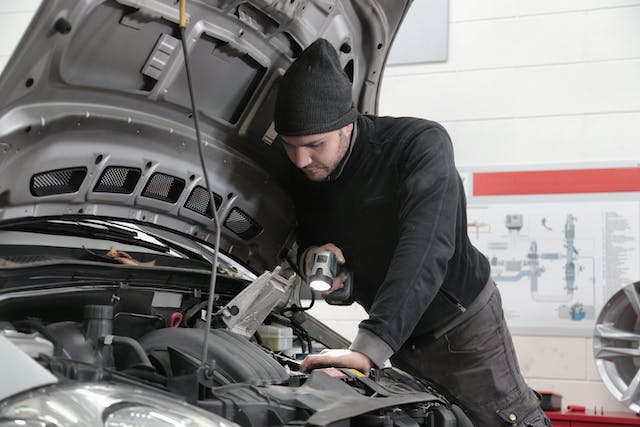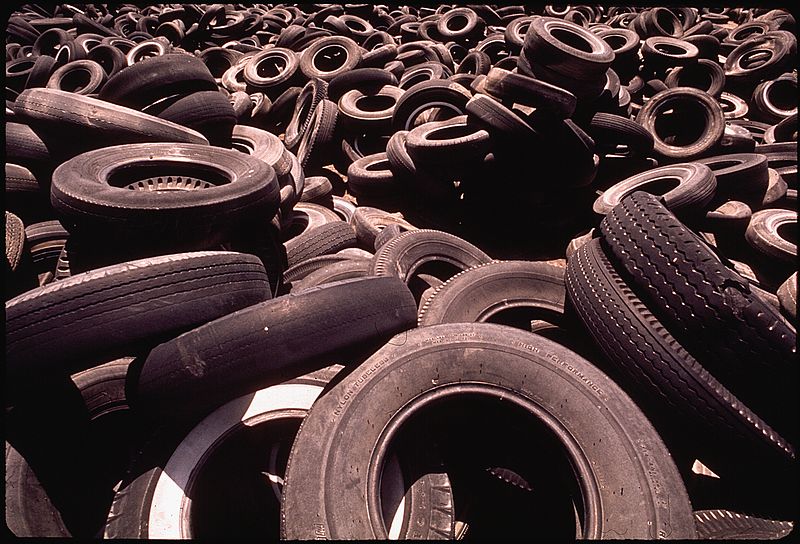Road safety should be a top priority for everyone. Whether you’re a seasoned driver or just starting, ensuring the well-being of yourself and fellow motorists is crucial. Unfortunately, preventable accidents claim thousands of lives each year. That’s why adopting basic safety measures is vital to protect yourself and your vehicle. In this blog, we provide a comprehensive guide to ensuring personal safety and car security on the road. Discover essential tips you can’t afford to miss.
1. Get the Right Auto Insurance
Investing in a suitable car insurance policy is a crucial first step to safeguarding yourself and your vehicle. A comprehensive auto insurance policy can cover costs associated with damages, accidents, theft, and natural disasters, essentially providing financial protection in the event of unforeseen circumstances. Moreover, most legal jurisdictions require motorists to have some form of auto insurance, reinforcing its essential role in road safety.
Choosing the right insurance package requires careful consideration of your specific needs and potential risks. Factors such as the vehicle’s age, model, and use, as well as the driver’s record and experience, should be taken into account. Be bold in consulting an insurance provider or agent for tailored advice. Remember, the goal is to secure an insurance policy that offers the best possible coverage, keeping you and your car protected on the road.
2. Maintain Your Vehicle Regularly
Regular vehicle maintenance is pivotal to ensuring the smooth and safe operation of your car. It includes activities such as changing the engine oil, replacing the air filter, checking the tires, and inspecting the brakes. These prevent minor issues from escalating into major problems which could compromise your safety on the road. Regular maintenance also enhances the longevity of your vehicle, meaning it can serve you faithfully for a more extended period.
Specific vehicle components need regular inspections and replacements to ensure optimal performance. For example, replacing worn-out tires and brake pads and providing fully operational lights can prevent accidents. Regular checks of your car’s battery, fluids, and belts help you detect problems early. Therefore, sticking to a maintenance schedule extends your vehicle’s lifespan and enhances road safety.
3. Practice Defensive Driving
Defensive driving is a proactive approach to road safety that focuses on anticipating hazards and making safe driving decisions. This strategy includes maintaining a safe following distance, adapting to weather conditions, and staying alert to other road users’ actions. Apart from reducing accident risk, defensive driving promotes fuel efficiency and stress-free experiences.
Regular driver education courses can help you learn and reinforce defensive driving techniques. These courses often cover vital topics such as recognizing and predicting hazards, understanding vehicle dynamics, and handling emergencies. Remember, the primary aim of defensive driving is always to be prepared and in control, ensuring your safety and that of others on the road.
4. Avoid Distractions While Driving
Distracted driving has become a leading cause of road accidents as more and more drivers are using their phones while behind the wheel. Texting, making calls, or even changing music tracks can significantly impair your ability to concentrate on the road and safely operate your vehicle. It only takes a split second of distraction for an accident to occur – so be sure to make it a priority to avoid all distractions while driving.
If you must use your phone, consider pulling over and parking in a safe location. Otherwise, turn off or silence your phone and any other devices that may distract you. Also, remember always to keep both hands on the wheel and focus solely on driving. This not only ensures your safety but also prevents you from being the cause of an accident that could endanger others on the road.
5. Follow the Speed Limit
Following the speed limit is both a legal obligation and a crucial safety measure. Speed limits are determined based on road design, traffic conditions, and vulnerability. By staying within these limits, you minimize the risk of accidents by maintaining control of your vehicle, reducing stopping distance, and allowing more time to react to unexpected situations.
Speeding is a major cause of traffic accidents, often resulting in severe injuries or fatalities. Remember, speed limits are maximums, not targets. In certain conditions, like bad weather, heavy traffic, or near a school, it’s safer to drive below the limit. Adjust your speed to suit the conditions, and keep in mind that the faster you travel, the longer it takes to stop.
6. Be Prepared for Emergencies
No matter how cautious or prepared you are, unexpected situations can still occur on the road. That’s why it’s essential to always have an emergency kit in your car. The contents may vary based on your location and driving conditions but should include a first aid kit, spare tire, jumper cables, and a flashlight. Also, keep a written list of emergency contacts in case your phone is unavailable.
In addition, it’s essential to know how to handle common roadside emergencies such as a flat tire or dead battery. Taking the time to learn these basic skills can save you from getting stranded on the side of the road or having to rely on strangers for help. Being prepared for emergencies not only protects you and your car, but it can also prevent accidents and keep traffic flowing smoothly.
7. Don’t Drink and Drive
It goes without saying that drinking and driving is not only illegal but also extremely dangerous. Alcohol can significantly impair your judgment, reaction time, and coordination – all essential skills for safe driving. Even one drink can have a significant impact on your ability to operate a vehicle safely, so it’s best to avoid alcohol altogether if you plan on driving.
If you do consume alcohol, make sure to have a designated driver or use alternative transportation methods like public transit or ridesharing services. It’s also important to keep in mind that driving under the influence of drugs (including some prescription medication) can be just as dangerous as drunk driving. Always err on the side of caution and never get behind the wheel if you are impaired.
Road safety is a shared responsibility, and by following these tips, you can do your part in protecting yourself and your car while on the road. Remember to always prioritize safety over speed or convenience, and be proactive in maintaining your vehicle and practicing safe driving techniques. By being prepared for emergencies and avoiding distractions and impaired driving, you can contribute to making our roads safer for everyone.







